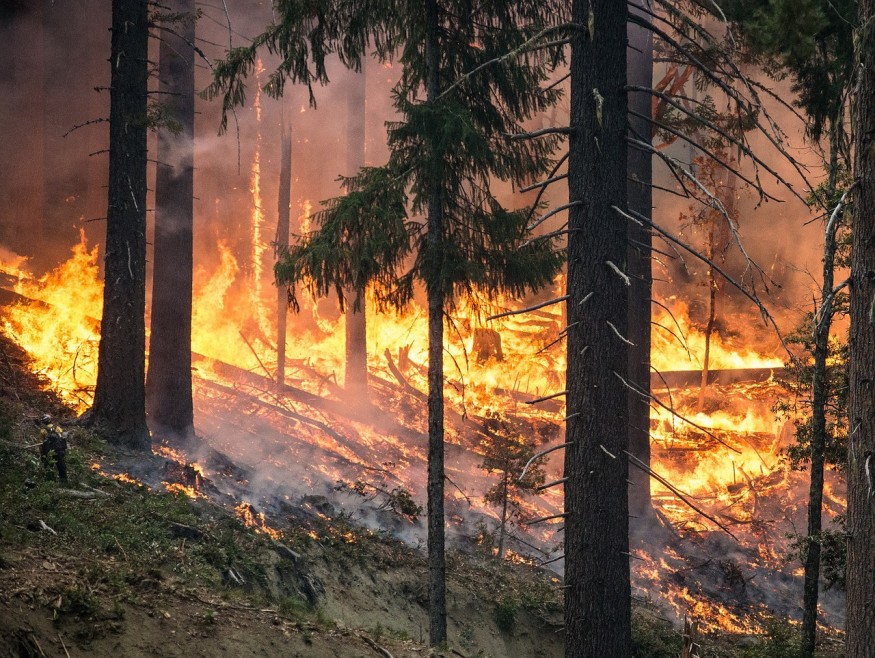
As wildfires become more frequent and intense due to climate change, many homebuyers are faced with the decision of whether to purchase property in areas prone to these natural disasters. While living in a wildfire zone can offer beautiful landscapes and a connection to nature, it also comes with significant risks.
If you're planning on purchasing a home in the wildfire zone, we've outlined five crucial factors to consider before buying a house in a wildfire-prone area.
What Is a Wildfire Zone?
A wildfire zone, also known as a wildland-urban interface (WUI), is an area where human development meets or intermingles with undeveloped wildland vegetation. These areas are at higher risk of wildfires due to the proximity of flammable vegetation and the potential for human-caused ignitions. Climate change has expanded these zones and increased the frequency and intensity of wildfires, making it crucial for potential homeowners to understand the risks and responsibilities associated with living in these areas.
Tips on Buying a House in a Wildfire Zone:
1. Find All Evacuation Routes
Before purchasing a home in a wildfire zone, thoroughly research and familiarize yourself with all potential evacuation routes. Ideally, there should be multiple ways to leave the area quickly and safely. Consider factors such as road conditions, potential bottlenecks, and the capacity of these routes to handle a mass evacuation.
2. Check if There Is a Nearby Water Source
The presence of a reliable water source near the property can be a significant advantage in wildfire-prone areas. Water sources can aid firefighters in their efforts to protect your home and the surrounding area. Additionally, some insurance companies may offer lower premiums for properties with nearby water sources.
3. Check if There's a Company Offering Insurance
Insurance can be a major challenge when buying a home in a wildfire zone. Many insurance companies have become increasingly reluctant to offer coverage in high-risk areas, or they may charge extremely high premiums. Before committing to a purchase, research the availability and cost of homeowners insurance in the area. Contact multiple insurance providers to compare rates and coverage options.
4. Make Sure the Roof Is Made of Non-Combustible Materials
The roof is one of the most vulnerable parts of a house during a wildfire. When buying a home in a wildfire zone, prioritize properties with roofs made of non-combustible materials such as metal, tile, or asphalt shingles. These materials are more resistant to flying embers, which are a major cause of home ignitions during wildfires.
5. Ensure the House Has Fire-Safety Features
Look for homes that have been designed or retrofitted with wildfire safety in mind. Key features to consider include:
Double-paned or tempered glass windows, which are less likely to shatter from heat
Enclosed eaves to prevent embers from entering the attic
Fire-resistant siding materials
Covered vents with fine mesh to prevent ember intrusion
A defensible space around the property, free from flammable vegetation
Sprinkler systems or other built-in fire suppression methods



